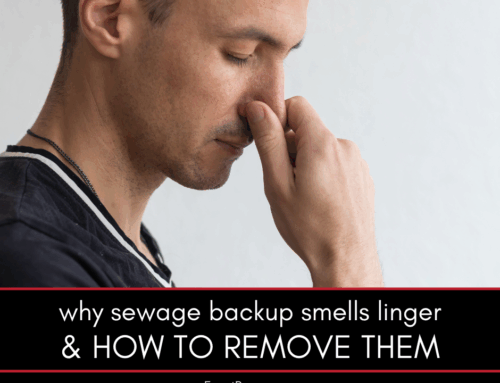Smoke can linger long after a fire is out, leaving stains, odors, and residue across your home. While large-scale cleanup should be left to professionals, there are smaller tasks you can tackle yourself. Knowing which projects are safe for DIY helps you restore comfort faster while waiting for fire damage crews.
DIY Smoke Damage Cleanup Projects for Homeowners
Smoke damage affects walls, ceilings, furniture, and air quality. Some cleanup projects are manageable at home, while others require specialized tools. This guide explains the following:
-
Gathering supplies for safe cleanup
-
Removing loose soot from surfaces
-
Washing walls and hard surfaces
-
Deodorizing fabrics and furniture
-
Knowing when to stop and call professionals
Here’s a closer look at each.
Gathering Supplies for Safe Cleanup
Before you begin, gather essential supplies: gloves, masks, goggles, sponges, mild detergent, vinegar, and buckets of clean water. Use a vacuum with a HEPA filter to capture soot particles safely.
Keep windows open and fans running for ventilation. Safety gear prevents exposure to harmful soot and odors during cleanup.
Removing Loose Soot from Surfaces
Vacuum loose soot gently with a HEPA vacuum. Don’t press the nozzle directly against surfaces, which can smear residue. On walls or ceilings, lightly wipe with a dry cleaning sponge designed for soot removal.
Always start at the top and work downward so soot doesn’t re-stain areas you’ve already cleaned.
Washing Walls and Hard Surfaces
After removing loose soot, wash walls, counters, and other nonporous surfaces with a mix of warm water and mild detergent. Add vinegar to the solution to help neutralize odors.
Rinse with clean water and dry surfaces completely. For stubborn stains, repeat the process or use specialized soot cleaners from hardware stores.
Deodorizing Fabrics and Furniture
Fabrics hold smoke odors longer than hard surfaces. Wash clothes, bedding, and curtains separately using mild detergent and, if safe, a cup of vinegar. For upholstery and carpets, sprinkle baking soda, let it sit overnight, then vacuum thoroughly.
If odors remain, professional deodorization with ozone or thermal fogging may be required.
Knowing When to Stop and Call Professionals
DIY cleanup can handle surface soot and light odors, but it won’t reach hidden smoke damage inside walls, insulation, or ductwork. If odors persist or stains return, it’s time to call professionals for full disaster cleanup.
FAQ About DIY Smoke Damage Cleanup
Check out these commonly asked questions about DIY smoke damage cleanup. If you don’t see your question here, please call our office and we’ll find you the answers you need.
Can I Use Regular Household Cleaners for Smoke Damage?
Mild detergent and vinegar work for light cleanup, but specialized soot cleaners are more effective for stubborn residue.
Will Smoke Odors Go Away on Their Own?
No. Smoke particles linger in fabrics and porous materials. Without cleaning, odors may last indefinitely.
Is It Safe to Stay in My Home during DIY Smoke Cleanup?
Yes, if the damage is light. But always wear protective gear and ventilate the space. For heavy smoke, it’s safer to leave until cleanup is complete.
Can I Clean My HVAC System after Smoke Damage?
No. HVAC systems require professional cleaning to remove soot and prevent smoke particles from circulating.
How Do I Know If DIY Cleanup Is Enough?
If odors are faint and surfaces look clean after your efforts, DIY may be enough. If problems return, professional restoration is needed.
DIY smoke cleanup projects can help restore comfort after a fire, but they work best as a first step. For deep or hidden damage, professional crews ensure your home is fully safe and restored.
Do You Need a Disaster Remediation Expert in Washtenaw County or Jackson County?
If your home has already been damaged, we can help. Check out our services and call Exact Recon for your free disaster remediation quote today. We offer:
- Water damage restoration
- Fire damage restoration
- Mold removal and remediation
- Fire and smoke restoration
- Sewer cleanup and disinfecting
- Reconstruction
- Wind and storm damage repair









